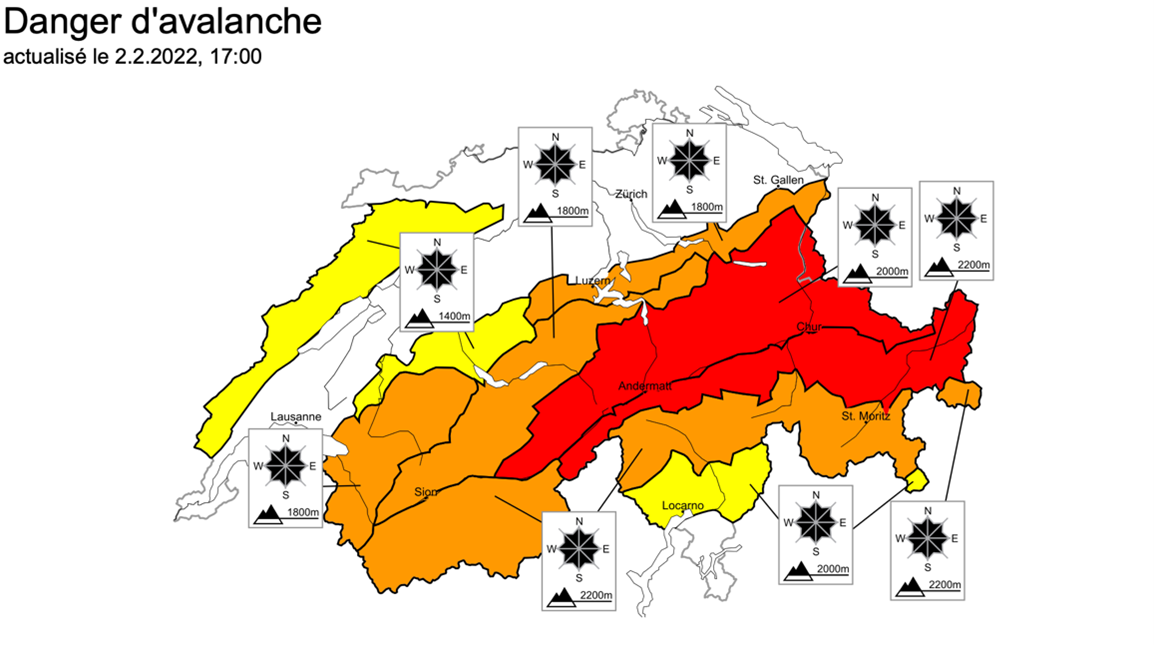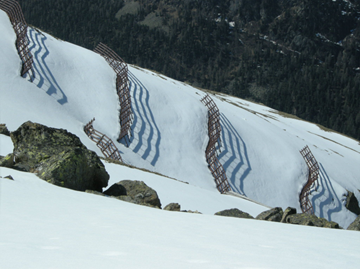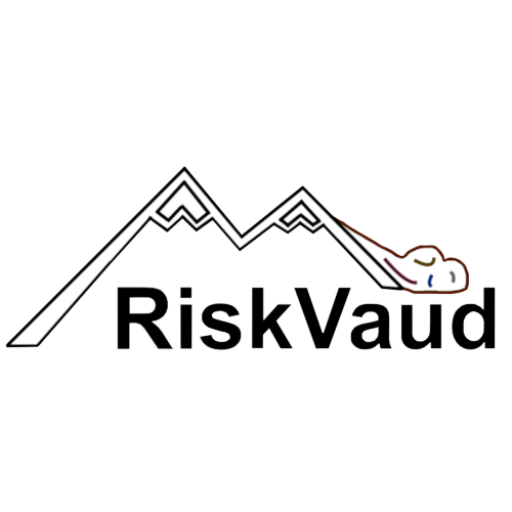Avalanche protection
By Alec Foglia
In order to protect infrastructure and people from the danger of avalanches, several forecasts, works and simulations are put in place.
First of all, in Switzerland every day an avalanche bulletin is published, providing information about the current avalanche danger. The avalanche bulletin (figure 6) is intended for all those who are exposed to the danger of avalanches in the mountains during the winter, due to their profession or during leisure activities, or who are responsible for the safety of others. The bulletin describes the avalanche danger using the European five-point scale: 1) Low, 2) Moderate, 3) Considerable, 4) High and 5) Very high. The degree of danger depends on various parameters, including the stability of the snowpack, the frequency of dangerous spots and the size of the avalanches. The probability of an avalanche being triggered increases sharply with the degree of danger.

Figure 6 Avalanche Bulletin of the 2.2.2022. Source: SLF Archive
After that every day during winter artificial avalanche triggering is used to produce avalanches in a controlled environment. Artificial avalanche release is important in Switzerland for the protection of traffic routes, localities and winter sports resorts. The aim is to temporarily secure potential avalanche starting points, routes and deposit areas by means of a controlled explosion, and to prevent large avalanches and long periods of inactivity.
Finally, defensive structures (figure 7) are built in order to prevent the formation of snow avalanches. Retention structures are the most important and frequently used avalanche protection measures in Switzerland. They protect large areas downstream by stabilizing the snow cover with devices anchored in the ground.

Figure 7 Defensive structure. Source: SLF Archive
Other avalanche protection measures are implemented by different operators such as: land use planning, production of hazard maps, tunnels, dams or forests, but also road closures. However, it will always be impossible to guarantee absolute avalanche safety for financial, technical and ecological reasons.
